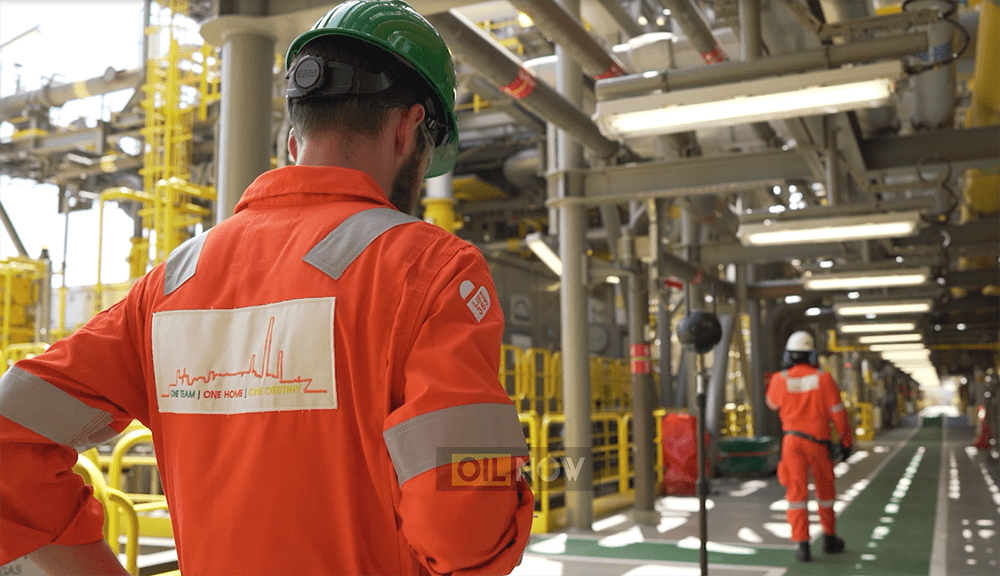Whatever the pace of the energy transition, the world will still rely on oil and gas for much of its energy needs until well beyond 2040. UK-based global energy group Wood Mackenzie says exploration will be critical in meeting this future demand.
While doubters see a world of risk, declining demand, enormous existing resources, and a supply pecking order that ranks exploration squarely in last place, WoodMac said its analysis points to a different view.
“Cumulative global demand for oil and gas over the next two decades will be at least 1,100 billion boe even in a 2°C scenario,” the consultancy group said. “It could be as much as 1,400 billion boe on our base case forecasts. Around 640 billion boe can be met by proven developed supply from onstream fields. This leaves a ‘supply gap’ of some 460 billion to 760 billion boe.”
Filling this ‘supply gap’ means only resources with the lowest cost, lowest carbon intensity and best economics are likely to be developed. WoodMac said these advantaged barrels will push higher cost and higher carbon intensity barrels out of the supply stack.
ExxonMobil has discovered around 9 billion barrels of oil equivalent resources offshore Guyana since 2015 at the Stabroek block, which analysts say fit the bill when it comes to ‘advantaged barrels’ since the cost to produce is low and the quality of the resources, particularly at the Liza field, is high.
“Advantaged deepwater oil in places like Guyana and Brazil, along with niche LNG – including low-cost greenfield and feedgas backfill at legacy liquefaction projects – will progress,” Robert Morris, a senior analyst at WoodMac has said.
Already one field – Liza Phase 1 – is under development in Guyana and two more projects – Liza Phase 2 and Payara – have been sanctioned and are set to come online in 2022 and 2024.
“Breakevens for the first 3 developments are in the range of $25 to $35 per barrel Brent, which is world-class by any measure and we now have line of sight on potentially up to 10 FPSOs to develop the discovered resources in Guyana,” said John Hess, CEO of Hess Corporation, a 30% stakeholder at the Stabroek block.
The Inter-American Development Bank in a recent paper said price swings for crude oil on the market this year, triggered by both traditional sources of instability, the global pandemic and the proliferation of renewable energy technologies, will gradually displace the reliance on fossil fuels.
“Guyana, thus, has a very narrow window to get what other countries in the past have struggled to get right over decades,” the IDB said.




